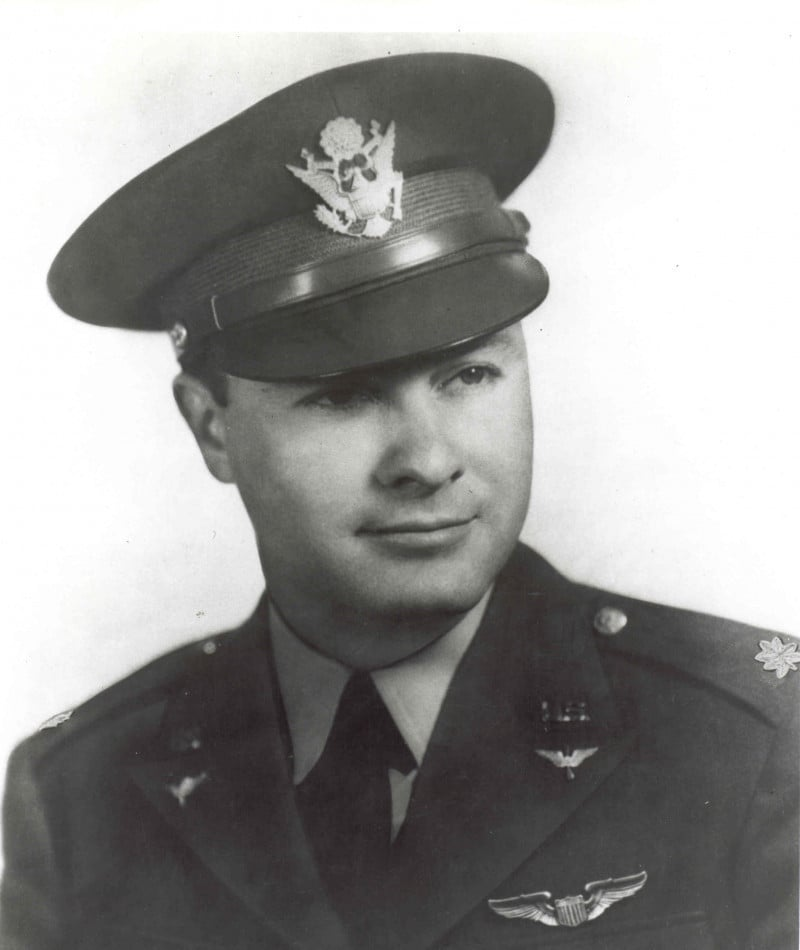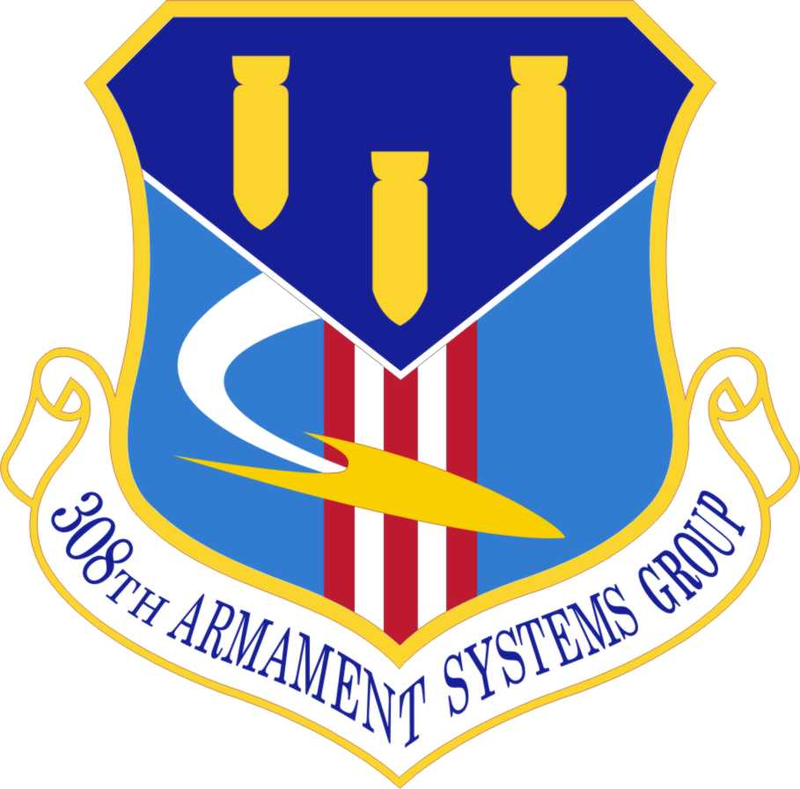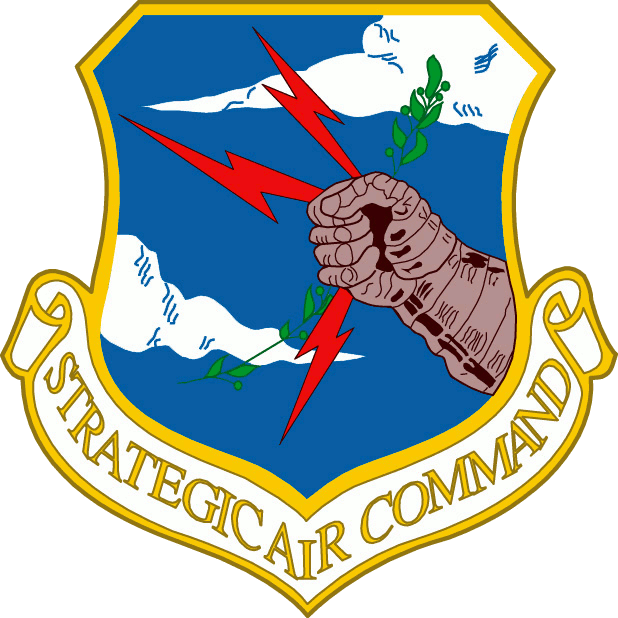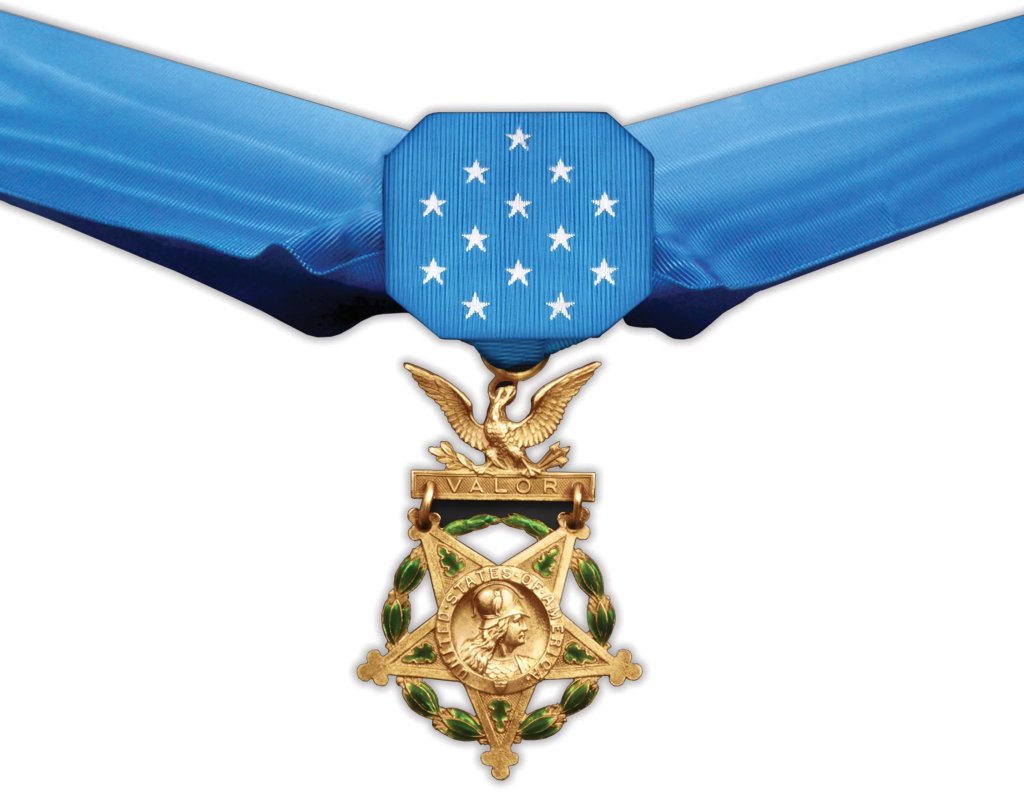Medal of Honor: Horace S. Carswell, Jr, World War II, October 26, 1944
When his bomber was torn apart over the South China Sea, Major Horace Carswell refused to abandon a wounded crewmate—he stayed at the controls and went down with his ship.
October 26, 2025

 Name: Horace S. Carswell, Jr.
Name: Horace S. Carswell, Jr.
Rank: Major
War: World War II (Air Mission)
Date of Action: October 26, 1944
Unit: 308th Bombardment Group, U.S. Army Air Corps
Born: Fort Worth, Texas
Entered Service At: San Angelo, Texas
Summary of Action
On the night of October 26, 1944, Major Horace Carswell led a lone B-24 Liberator bomber against a heavily defended Japanese convoy in the South China Sea. Diving to just 600 feet, he dropped his bombs with deadly accuracy, scoring near misses and setting a large tanker ablaze. But the sky erupted in flak. His bomber was shredded—two engines destroyed, a third failing, the hydraulic system gone, fuel tanks ripped open.
Somehow, Carswell kept the crippled aircraft aloft, steering it toward the Chinese coast. When they reached land, the crew prepared to bail out—only to discover one man’s parachute was useless. Faced with the choice to save himself or stay, Carswell made his decision instantly. He refused to leave his comrade. Fighting to the end to keep the bomber in the air, he attempted a crash landing in the mountains. The aircraft struck a ridge and exploded, killing him and his copilot.
Major Carswell’s courage was not born of orders or duty—it was born of loyalty. He gave his life trying to save another, and in doing so, defined the very essence of selfless heroism.
Medal of Honor Citation
CARSWELL, HORACE S., JR. (Air Mission)
Rank and organization: Major, 308th Bombardment Group, U.S. Army Air Corps. Place and date: Over South China Sea, 26 October 1944. Entered service at: San Angelo, Tex. Birth: Fort Worth, Tex. G.O. No.: 14, 4 February 1946.
Citation: He piloted a B-24 bomber in a one-plane strike against a Japanese convoy in the South China Sea on the night of 26 October 1944. Taking the enemy force of 12 ships escorted by at least 2 destroyers by surprise, he made 1 bombing run at 600 feet, scoring a near miss on 1 warship and escaping without drawing fire. He circled, and fully realizing that the convoy was thoroughly alerted and would meet his next attack with a barrage of antiaircraft fire, began a second low-level run which culminated in 2 direct hits on a large tanker. A hail of steel from Japanese guns riddled the bomber, knocking out 2 engines, damaging a third, crippling the hydraulic system, puncturing 1 gasoline tank, ripping uncounted holes in the aircraft, and wounding the copilot; but by magnificent display of flying skill, Maj. Carswell controlled the plane’s plunge toward the sea and carefully forced it into a halting climb in the direction of the China shore. On reaching land, where it would have been possible to abandon the staggering bomber, one of the crew discovered that his parachute had been ripped by flak and rendered useless; the pilot, hoping to cross mountainous terrain and reach a base, continued onward until the third engine failed. He ordered the crew to bail out while he struggled to maintain altitude, and, refusing to save himself, chose to remain with his comrade and attempt a crash landing. He died when the airplane struck a mountainside and burned. With consummate gallantry and intrepidity, Maj. Carswell gave his life in a supreme effort to save all members of his crew. His sacrifice, far beyond that required of him, was in keeping with the traditional bravery of America’s war heroes.
